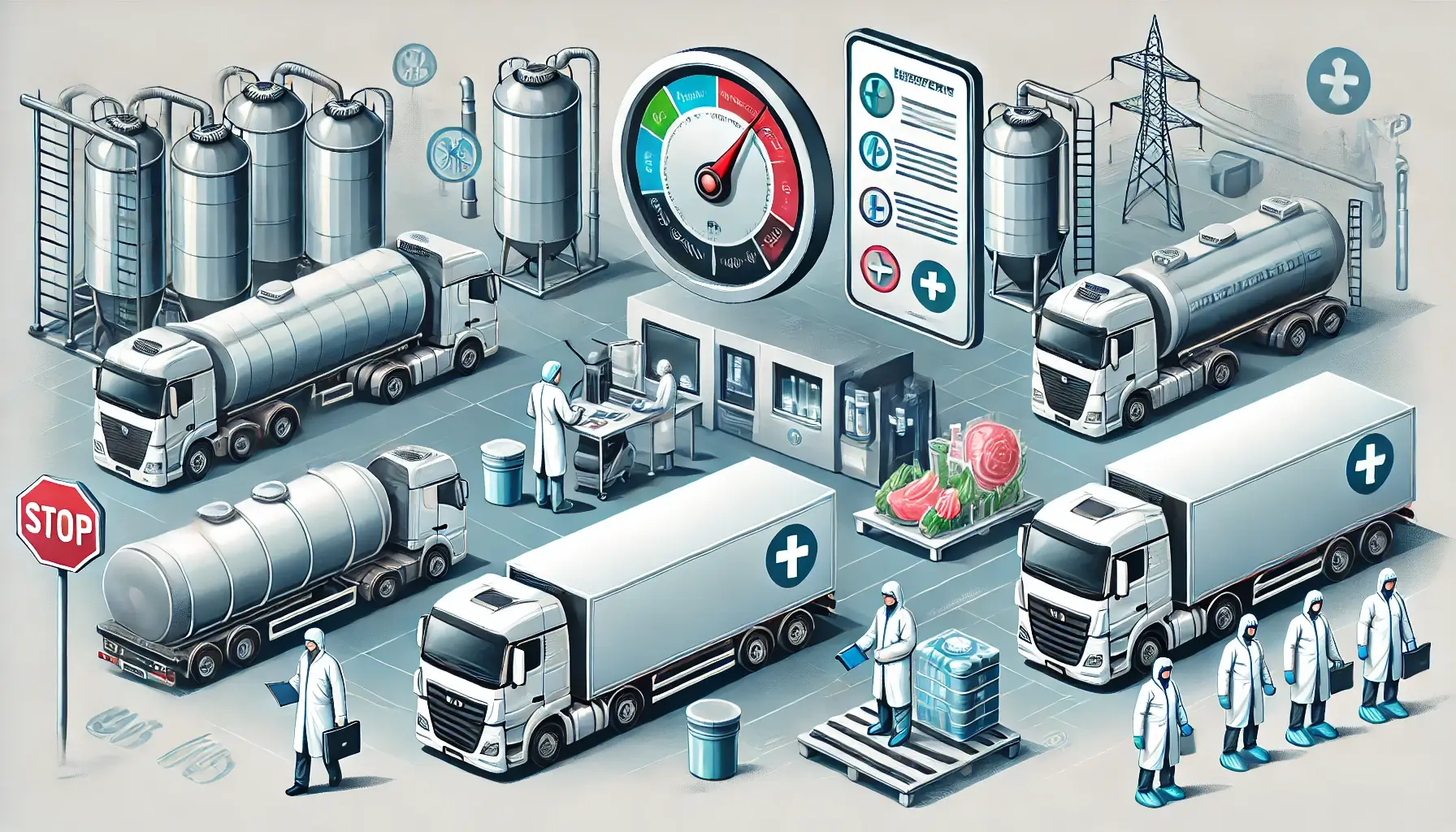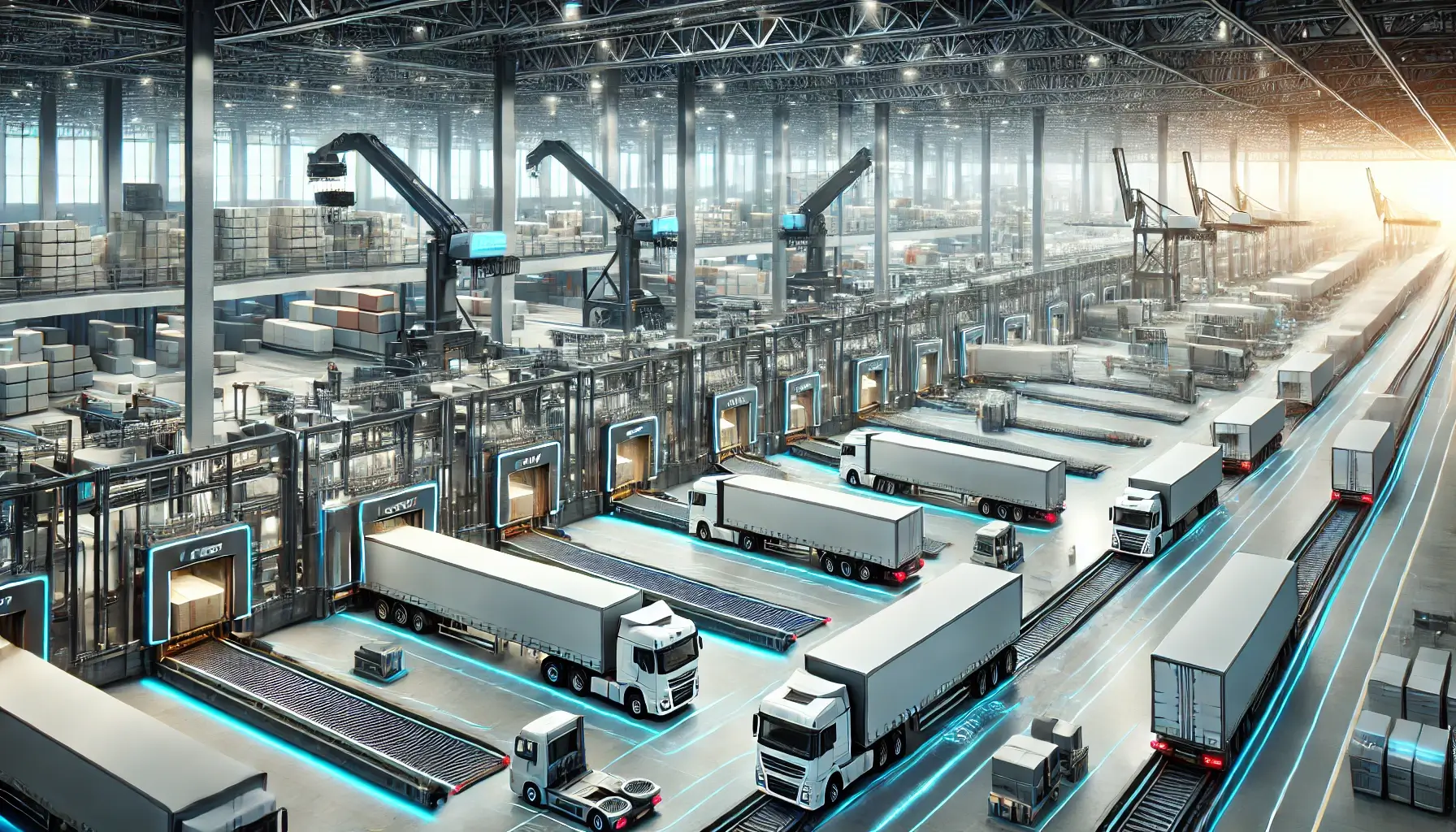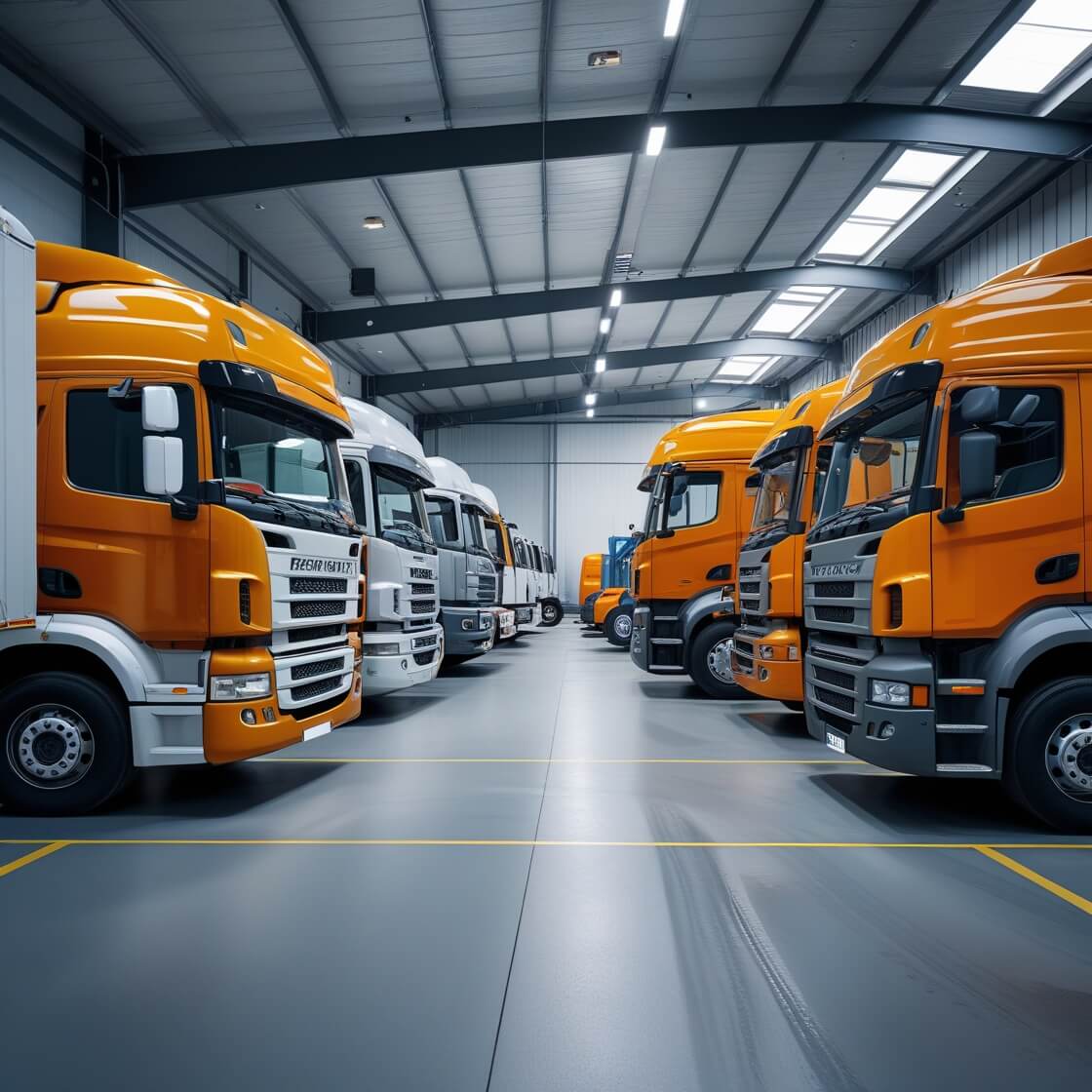News

How Is Food Transportation Carried Out?
This article explores the key aspects of transporting different types of food products – chilled, frozen, bulk, and those that do not require special temperature conditions.

Terminal Transportation: What You Need to Know
This article explains what terminal transportation technologies are, along with their advantages and disadvantages. Terminal transportation allows carriers to reduce logistics costs. In some cases, it is indispensable when direct cargo transportation is impossible. For example, in the case of consolidated cargo, sorting, grouping, and disassembling can only be done in specially equipped locations – terminals.

Transportation of Packaged and Piece Goods
Packaged and piece goods can vary in size, and for their transportation, road or rail transport is used. Depending on the size of the cargo, consolidation is achieved through: Stacking into packages; Combining several units into one pallet; Packing into a single container. Other schemes may also be used.

What is a Container Ship?
In a broad sense, a container ship is any type of transport adapted for carrying large standard boxes—containers. However, most often, this term refers to water vessels.

